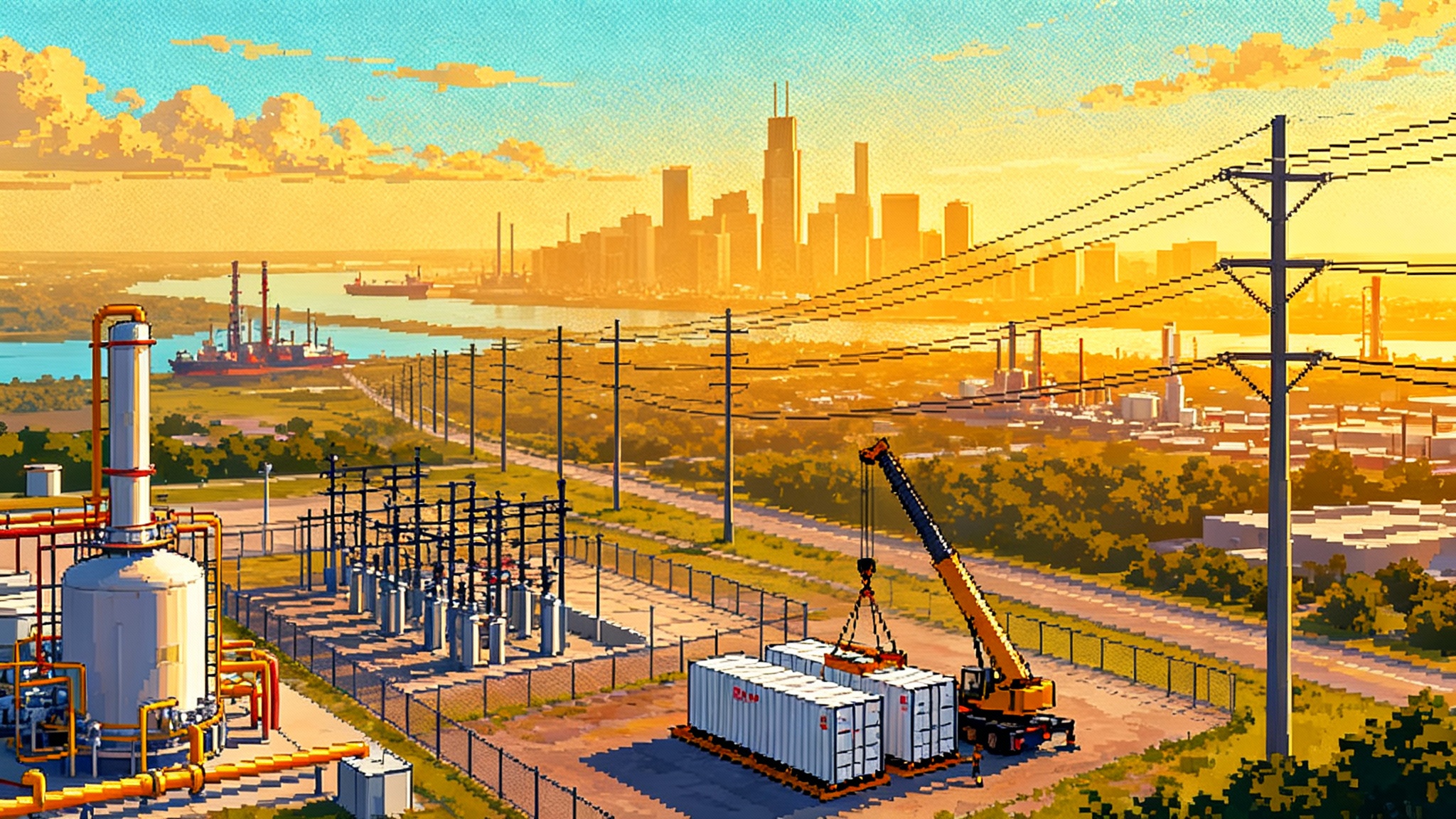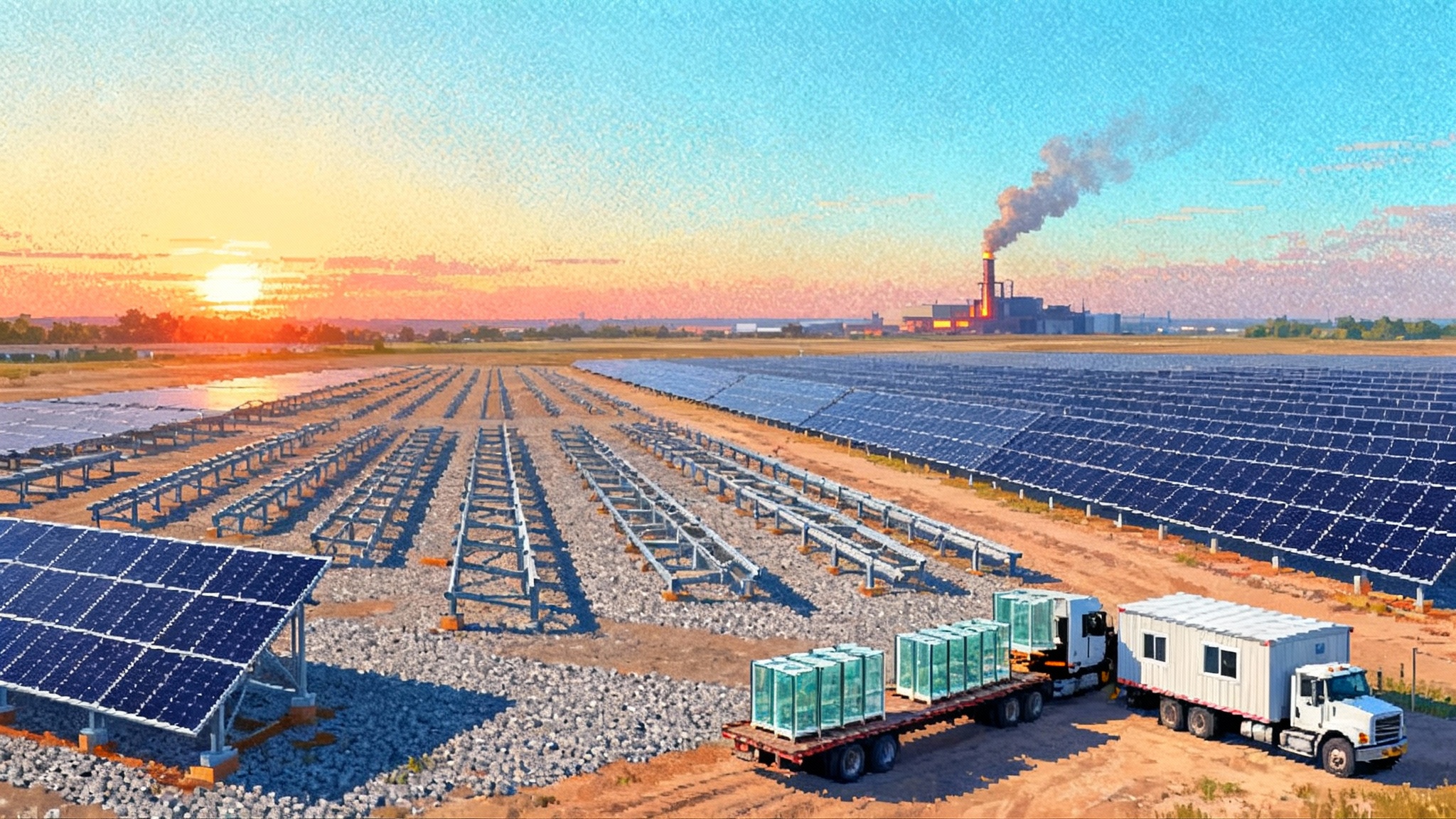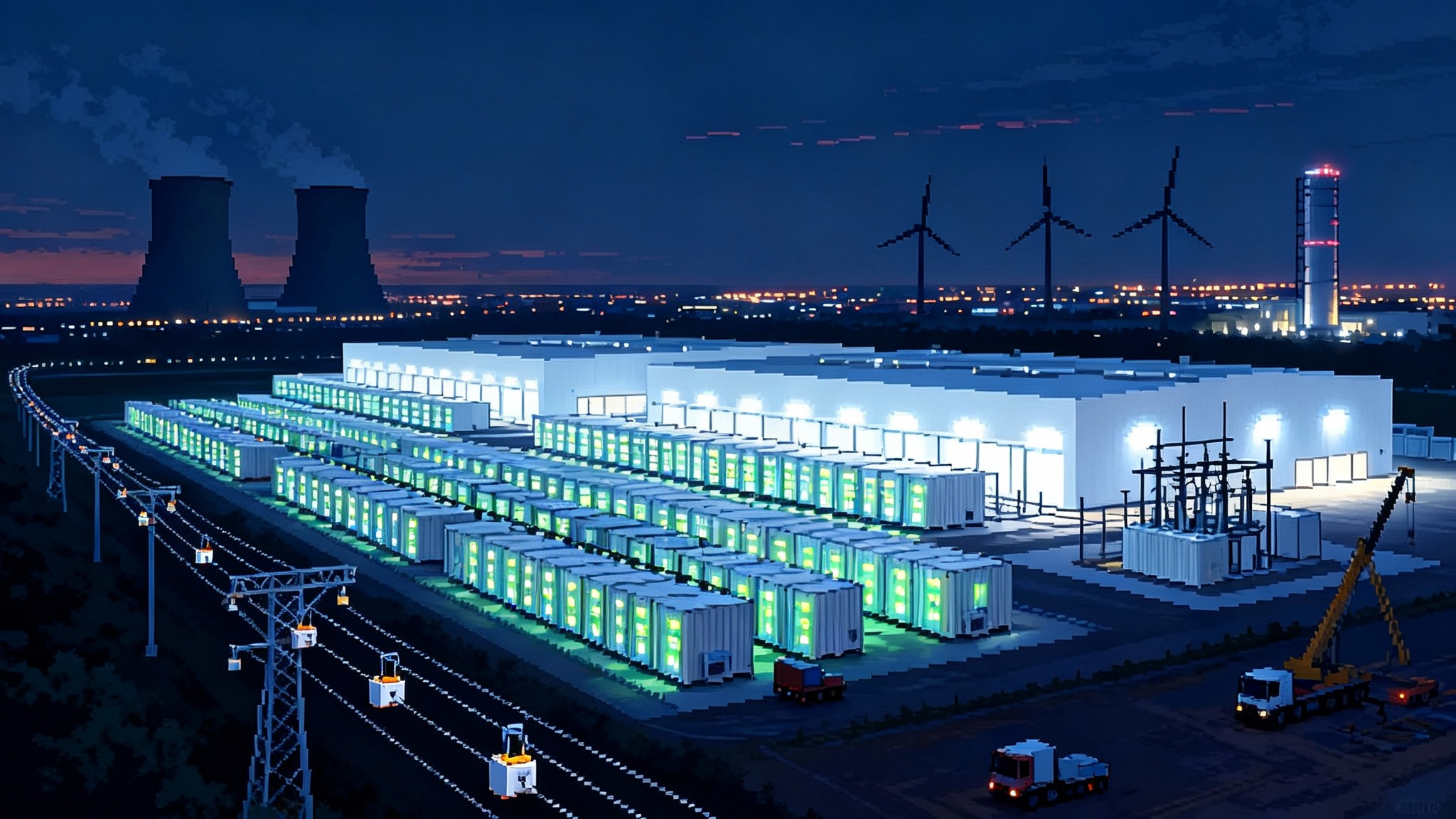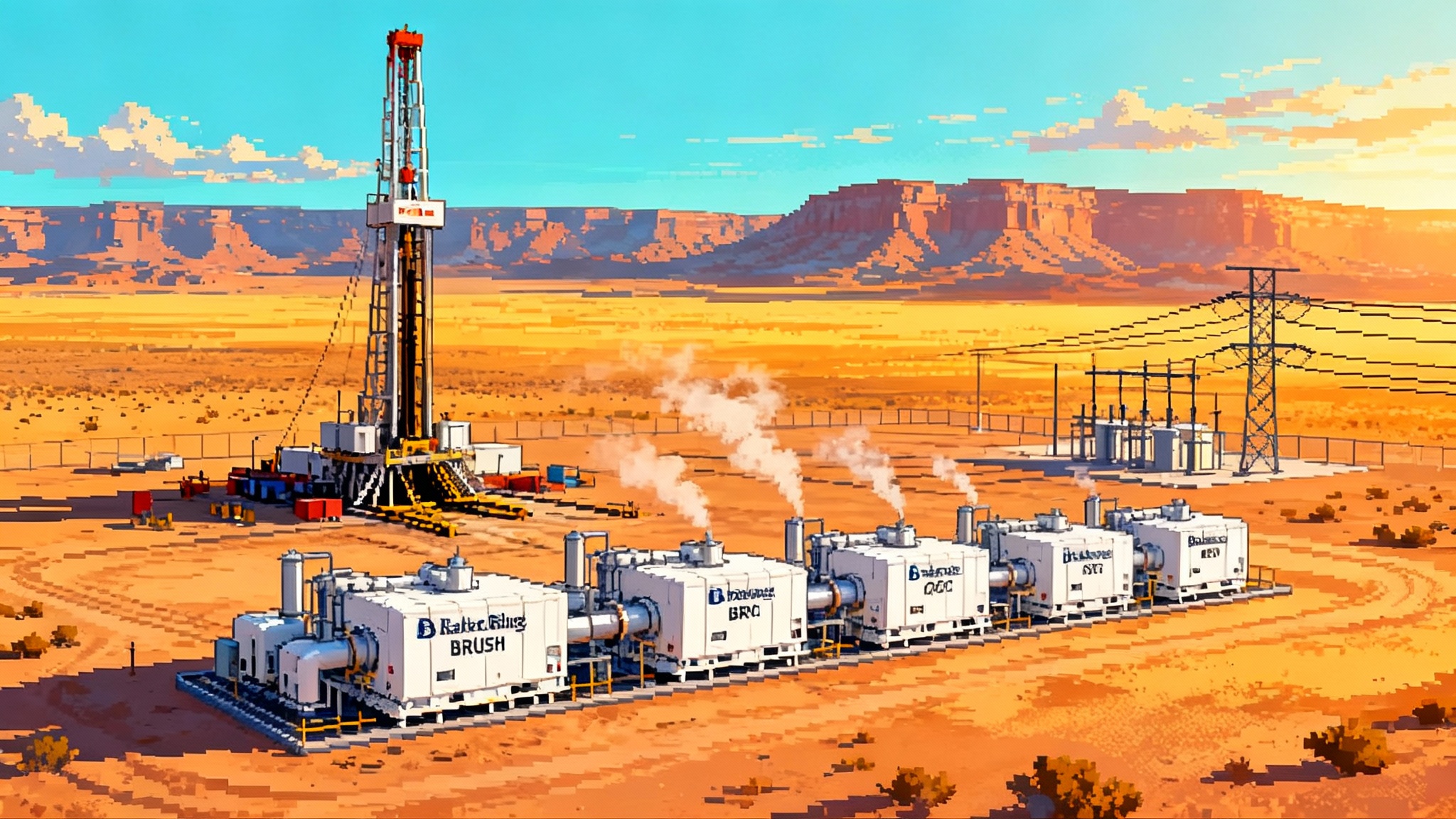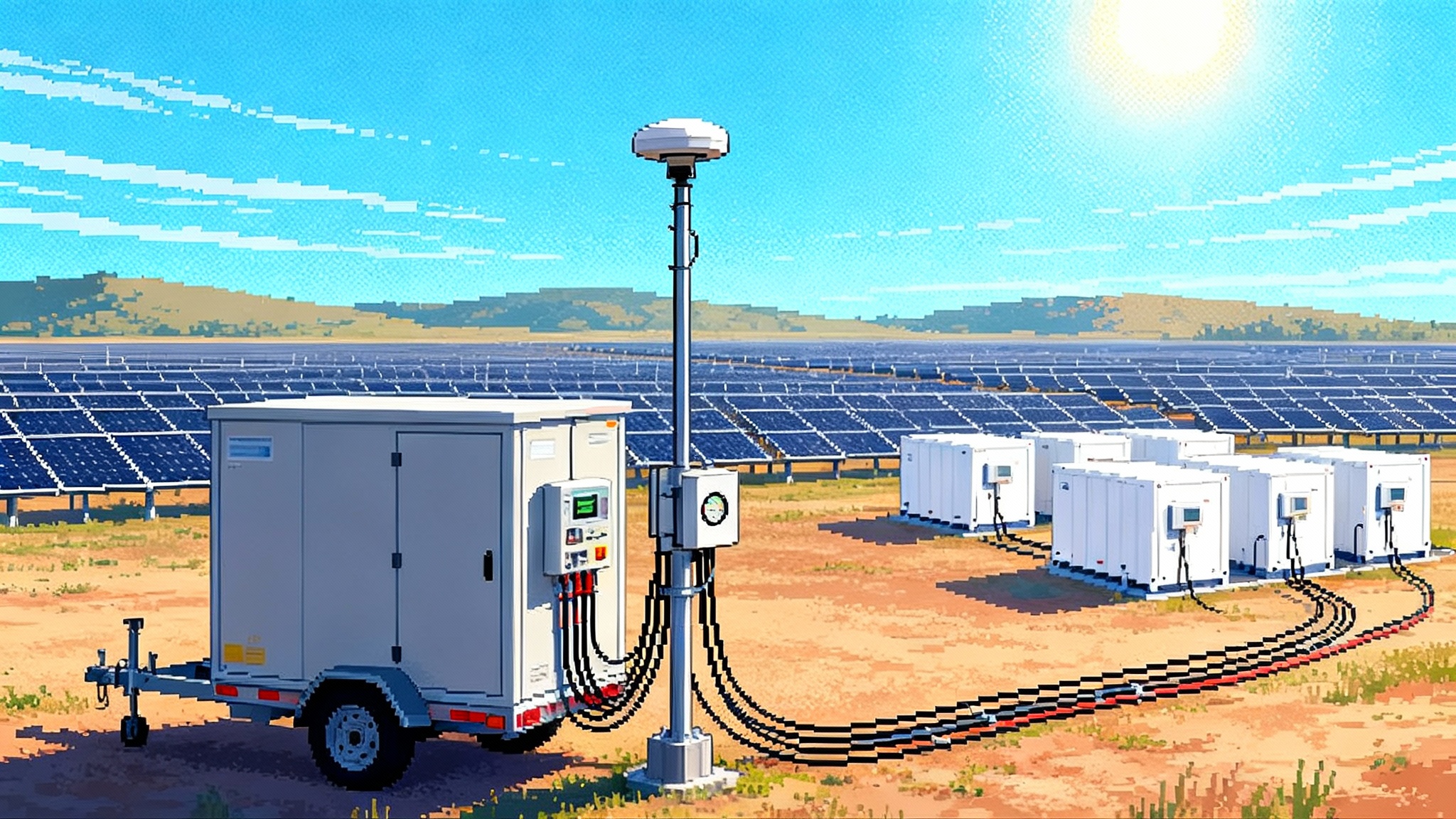The storage pivot: new FEOC rules and ERCOT ascendant
A 2025 policy wave tied the storage ITC to a new material assistance cost ratio with rising 2026-2029 thresholds, just as ERCOT passes CAISO on operating capacity. Here is what changed, how to model the cliff, and four plays that keep projects pencilable.
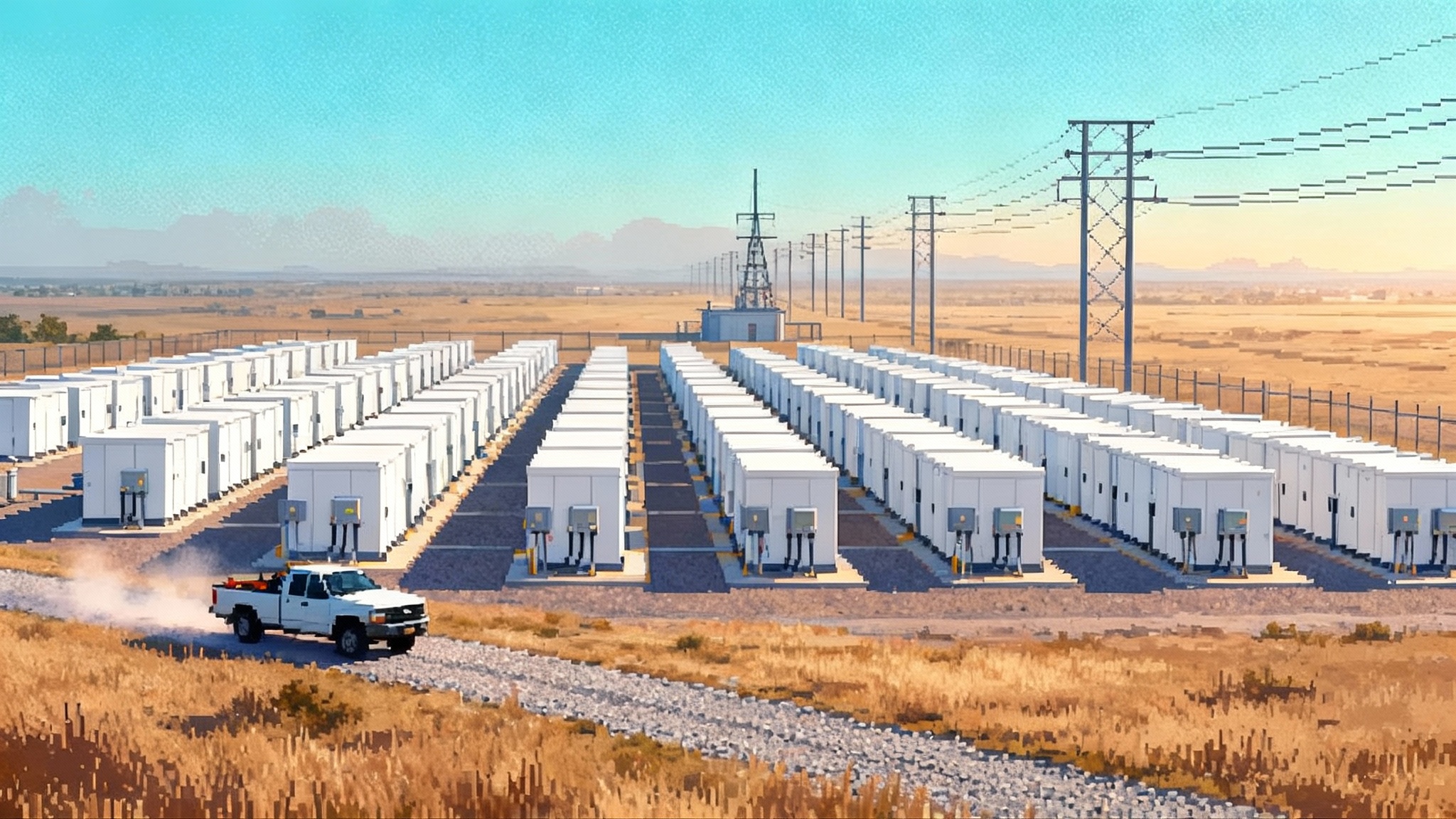
What just happened, and why storage feels it first
A quiet flurry of rulemaking and one very loud bill reshaped the economics of grid batteries this fall. The One Big Beautiful Bill Act, now law, tightened the foreign entity of concern rules and attached hard sourcing thresholds to the investment tax credit for energy storage. The law adds a new accounting test called the material assistance cost ratio and then tells developers what share of that ratio must come from non-restricted sources to qualify. For energy storage that threshold rises in steps: 55 percent for projects that begin construction in 2026, 60 percent in 2027, 65 percent in 2028, 70 percent in 2029, and 75 percent for projects starting after 2029. You can read the statutory thresholds in H.R. 1 on Congress.gov. Read the statutory thresholds in H.R. 1.
Foreign entity of concern, spelled out across recent federal actions, means certain companies or materials tied to specified countries, most prominently China. In practice it means many familiar battery supply relationships are no longer straightforward if you want to claim a tax credit.
Energy storage is first to feel it for three reasons:
- Storage supply chains are still concentrated in a handful of countries for cells, cathode active materials, separators, and electrolytes. Rewiring that footprint takes time.
- Developers depend on the investment tax credit to make merchant and quasi-merchant business models bankable. Lose it and equity return hurdles get tougher overnight.
- Storage projects move faster than power plants. That speed, normally an advantage, brings rules into focus immediately because a 2026 construction start is a real decision sitting in current pipelines.
Meanwhile, the market backdrop just shifted. By the end of the second quarter, Texas under the Electric Reliability Council of Texas edged past the California Independent System Operator on operating battery capacity. We traced the drivers in our AI power scramble analysis and in how financing is evolving in Texas Energy Fund 2025.
The new rules, decoded in plain English
Think of the material assistance cost ratio as a pie chart of all the manufactured products in your project. The numerator is the share of direct costs that do not come from a prohibited source. The law calls this your good costs divided by your total manufactured costs. To earn the investment tax credit, your slice of good costs must meet or beat the threshold for the year you begin construction.
A few practical consequences flow from that structure:
- The test is cost-weighted. A project can pass even if a few minor parts come from restricted suppliers, as long as the big-ticket items do not.
- Cells and packs dominate the pie. Where those are made, and from what materials, will determine most outcomes.
- Contract transparency suddenly matters. Developers will need supplier attestations that break out direct costs at the level of manufactured products and key subcomponents.
On critical minerals, the Act sets separate phase-ins for advanced manufacturing credits and directs Treasury to refine mineral-specific thresholds by the end of 2027. That means the mineral content rules tighten later, but the investment tax credit sourcing test for the whole battery tightens sooner.
The 2026 to 2029 cliff map
Here is the timeline that developers and lenders are now building into models:
- 2025: Last year without a storage material assistance threshold. Deals inked now face a short window to lock in suppliers and documentation that will still pass once shovels hit dirt.
- 2026: Energy storage projects that begin construction must hit 55 percent on the material assistance cost ratio. This is the first big test year. Projects that expected to start in late 2026 are being pulled forward or pushed back based on supplier readiness.
- 2027: Threshold rises to 60 percent. Domestic cell and pack assembly lines that are real and running by midyear gain a pricing premium and priority in queues.
- 2028: Threshold rises to 65 percent. Projects with legacy contracts tied to restricted entities become stranded unless re-papered.
- 2029: Threshold rises to 70 percent. Anything that still depends on imported cells from restricted entities must either switch chemistries or forgo the tax credit.
- 2030 and beyond: For projects beginning after 2029, the threshold is 75 percent. By then, mineral-level rules begin to bite too, so an early pivot on feedstocks and recycling becomes mandatory.
The cliff risk is not only the percentage. It is the documentation burden. Projects that cannot prove the ratio may pass on paper but fail in diligence, delaying or killing tax credit transfers and debt closes.
Why the ERCOT handoff magnifies the pressure
Texas did not just add more batteries. It pulled new capital into a market where revenues are volatile and duration choices are evolving. Batteries in the Electric Reliability Council of Texas now set the peaker playbook for the country, shaping how financiers think about net peak, price spread capture, and scarcity pricing. As commercial stacks depend more on merchant revenues, the stabilizing role of the investment tax credit grows. That magnifies the impact of any rule that makes the credit harder to claim.
The practical effect is a two-track market:
- In Texas and other fast markets, developers lean into merchant or hybrid strategies. The investment tax credit is the ballast that makes those strategies financeable. Losing it means higher required spreads or longer paybacks.
- In California and vertically integrated territories, longer offtakes and reliability programs soften merchant risk, but tax credit compliance still anchors cost of capital for the buildout.
For operators integrating advanced controls, grid support rules matter too. See how federal standards are evolving in FERC's 2025 IBR rules.
The acceleration playbook: four lanes that keep projects pencilable
Here is how the sector is already adapting. These are not slogans. Each lane has steps you can take this quarter.
1) Domestic cell and pack ramps
Domestic assembly is the fastest lever because it addresses the cost-dominant components in the ratio.
- Sign early offtakes with cell and pack lines that are under construction and credible. Expect to prepay to secure slots. Tie payments to concrete milestones like equipment arrival, first article inspection, and capacity verification.
- Work with integrators that can multi-source. Firms like Fluence, Powin, FlexGen, Wartsila, and Tesla can pivot assemblies across facilities as they qualify new suppliers. Your contract should preserve your right to move the build to a compliant line if a preferred plant slips.
- Negotiate test-ready documentation. Make supplier attestations an exhibit, not an afterthought. Require breakdowns of direct costs for cells, packs, battery management systems, enclosures, inverters, and transformers. Ask for bill of materials level granularity for any item over a de minimis cost threshold you set.
- Add a replacement and cure mechanism. If a part triggers foreign entity of concern exposure before notice to proceed, the integrator must replace it at cost or credit you. Back that with a performance bond sized to the exposure.
2) Chemistry pivots: sodium-ion and flow batteries
Sourcing constraints fall hardest on lithium iron phosphate and nickel manganese cobalt lines with deep ties to restricted suppliers. Two contenders can reduce exposure and create new optionality.
- Sodium-ion. Sodium-ion cells do not use lithium or nickel, and several western supply chains are emerging. Natron Energy’s Prussian blue chemistry is scaling in the United States and targets high power applications. Expect lower energy density than lithium iron phosphate, but that is often fine for one to two hour peaker duty in markets like Texas and Arizona. Cost per installed kilowatt can be competitive because racks, foundations, thermal systems, and interconnects dominate balance of plant.
- Flow batteries. Iron flow and vanadium flow systems bank energy in tanks. That lets you buy duration by adding electrolyte rather than stacking more packs. ESS Tech is deploying iron flow units in the four to twelve hour range. Invinity Energy Systems is ramping vanadium flow in North America. Flow batteries are heavier and take up more space, but where land is cheap and duration matters, they dodge many of the cell and critical mineral chokepoints.
Practical steps:
- Run parallel procurement tracks for lithium iron phosphate, sodium-ion, and flow. Put a price on policy risk by asking each supplier for a detailed material assistance attestation, then compare how much tax credit value each pathway preserves.
- Design sites with a chemistry-agnostic footprint. Oversize pads, cable trays, and fire setbacks so you can swap chemistries without re-permitting.
3) Contract foreign-entity scrubs: make compliance auditable
A contract that says “we comply with the Act” will not get a tax equity partner or a credit buyer comfortable. You need a scrubbing protocol that creates an audit trail.
Build these provisions into your equipment supply and engineering, procurement, and construction agreements:
- Definitions harmonized to the statute. Copy the material assistance cost ratio definition and the specific percentage table for energy storage projects that begin construction in 2026 through 2030 and beyond. Make the supplier’s definitions match yours.
- Supplier attestations with depth. Require certifications for manufactured products and key subcomponents. For each, attach: country of origin, facility address, ownership disclosures to flag foreign entity of concern exposure, and a table of direct costs by component.
- Flow-down to sub-suppliers. The integrator must include the same requirements in its purchase orders for cells, pack subassemblies, inverters, and transformers. You have audit rights all the way down.
- Inspection and substitution rights. Reserve the right to inspect records and to approve substitutions. If a listed subcomponent cannot be sourced within the restrictions, the integrator must propose a compliant alternate with equivalent performance.
- Remedies that match the risk. Include price step-downs if a component loses eligibility, liquidated damages sized to the lost tax credit value, and a right to reject the affected shipment without default.
4) Tax credit transfer strategies that still work
Policy churn does not eliminate transfers, but it changes who can buy credits and what documentation they will demand. The Act preserved transferability under Section 6418, while adding prohibitions on transfers to specified foreign entities and tightening other conditions. A concise law firm note is useful reading. See the Kirkland & Ellis summary of Section 6418 for the direction of travel.
Here is how developers are adapting transactions to keep the spread tight:
- Pre-wire a U.S.-only buyer pool. Build a short list of creditworthy domestic buyers early. Buyers will prefer portfolios with standardized compliance packets. Offer pricing tiers tied to documentation milestones, not just placed-in-service.
- Use price collars with a documentation clock. Sign a transfer with a collar that widens if supplier attestations slip. This keeps both sides aligned while you finalize the audit trail.
- Add credit insurance for eligibility risk. Insurers now underwrite Section 6418 transfers. Coverage that focuses on foreign entity of concern eligibility is available, with lower premiums for portfolios that use a common supplier packet and third-party reviews.
- Stagger transfers across assets and years. Sell a portion of credits at mechanical completion and the rest after seasonal performance proves the stack. This reduces perceived risk and can lift the average price.
- Keep the other monetization lanes open. Banks remain comfortable with partnership flips and sale-leasebacks for certain assets. If transfer pricing wobbles, a small debt tranche with a performance sweep plus a partial transfer can preserve your return.
How the percentages shape real projects
Let us make the threshold math concrete with an example. Assume a 200 megawatt, 800 megawatt-hour site targeting a 2026 construction start. A typical cost breakdown might show manufactured products at 70 percent of total cost after interconnection and civils. Of that 70 percent, cells and packs account for roughly two thirds. If you source cells and packs from a domestic plant that qualifies, then you are most of the way to the 55 percent ratio. If your inverters, transformers, and protection gear are also sourced from compliant suppliers, you cross the line.
If instead you depend on imported cells from a restricted entity, the ratio collapses. Even if you buy compliant enclosures and inverters, the cell and pack share dominates the numerator. The lesson is simple. Your supplier map, not your project address, sets your tax credit fate in 2026.
What to do before year end
Use the remainder of 2025 to put the paperwork and procurement in place for a 2026 start that qualifies. The checklist below turns a fuzzy policy conversation into a project plan:
- Lock supplier commitments with compliance exhibits attached. Do not accept one-page letters.
- Commission a third-party attestation review. A short, standardized report across your portfolio will lower transfer pricing haircuts.
- Run a chemistry bake-off that includes sodium-ion and flow. Price them on full-cycle economics and the tax credit value preserved under each.
- File interconnection milestones that match a 2026 construction start. If you need to slip into 2027, update your cost ratio plan accordingly.
- Draft a transfer playbook with your tax advisors. Identify domestic buyers, target pricing, insurance options, and a document calendar.
ERCOT has the crown. What that means for siting and sizing
In Texas, batteries are increasingly paid like peakers. One to two hour systems can make strong returns if they play net peak, energy arbitrage, and frequency regulation with discipline. The recent capacity surge tells you where integrators will prioritize compliant supply first: large, standardized two hour blocks that can cycle daily. That means chemistry choices that thrive at high cycle counts and suppliers with domestic pack lines ready to run.
In California, long-duration needs are growing. The queue wants four plus hours for evening net peak and reliability events. Flow batteries and lithium iron phosphate paired with additional packs both compete here. The sourcing rules will push integrators to qualify alternate inverter and transformer suppliers as well, since long-duration builds multiply those counts.
Beyond the big two, Arizona, Nevada, New Mexico, and the Midcontinent Independent System Operator share offtake structures that reward resource adequacy and longer duration. Expect early flow and iron-air pilots to scale in these geographies as developers trade energy density for duration and simpler mineral supply.
Common misconceptions to avoid
- We can meet the ratio with documentation alone. Paper does not change where a cell was made. Documentation proves the facts. It does not alter them.
- Only the cell needs to move. Inverters and transformers are smaller dollars but can tip the ratio close to the line. Qualify alternates now.
- Sodium-ion is always cheaper. Sometimes yes. On congested urban sites, lower energy density can force costlier real estate or interconnection upgrades. Model both.
- Transfers are going away. They are changing, not disappearing. Structure, documentation, and the buyer universe are the new constraints.
The path from policy churn to buildout
The next four years will reward teams that treat compliance as a design constraint rather than a legal footnote. The math is clear and the timeline is written down. Domestic cells and packs, chemistry diversification, contract scrubs, and smarter tax credit sales are the four levers that keep the pipeline moving.
If you are a developer, your advantage is speed and standardization. If you are a utility or corporate buyer, your advantage is credibility as a domestic tax credit purchaser with a template diligence list. If you are a supplier, your advantage is a certified packet that you can hand to every customer and every transfer buyer.
A market that just crowned Texas the new battery capital is not slowing down. It is changing its sources, its contracts, and its financing rails. Those who adjust first will build first. Those who build first will write the next set of standards that everyone else follows.
Bottom line
The fall policy reset did not end the storage boom. It shifted where and how the value flows. The most successful projects in 2026 will look simple on the outside and very specific on the inside. They will have cells and packs that pass the ratio, contracts that prove it, and transfers lined up with buyers who already trust their paperwork. That is how you navigate the 2026 to 2029 cliff and still come out the other side with a portfolio that matters.
